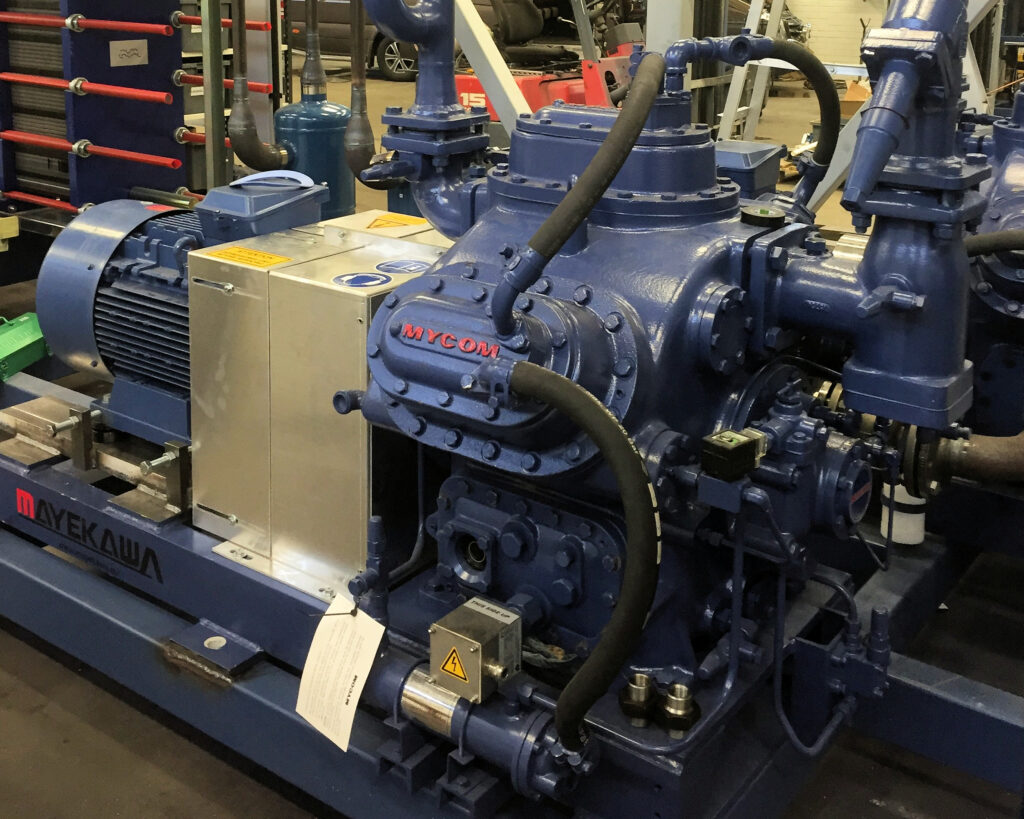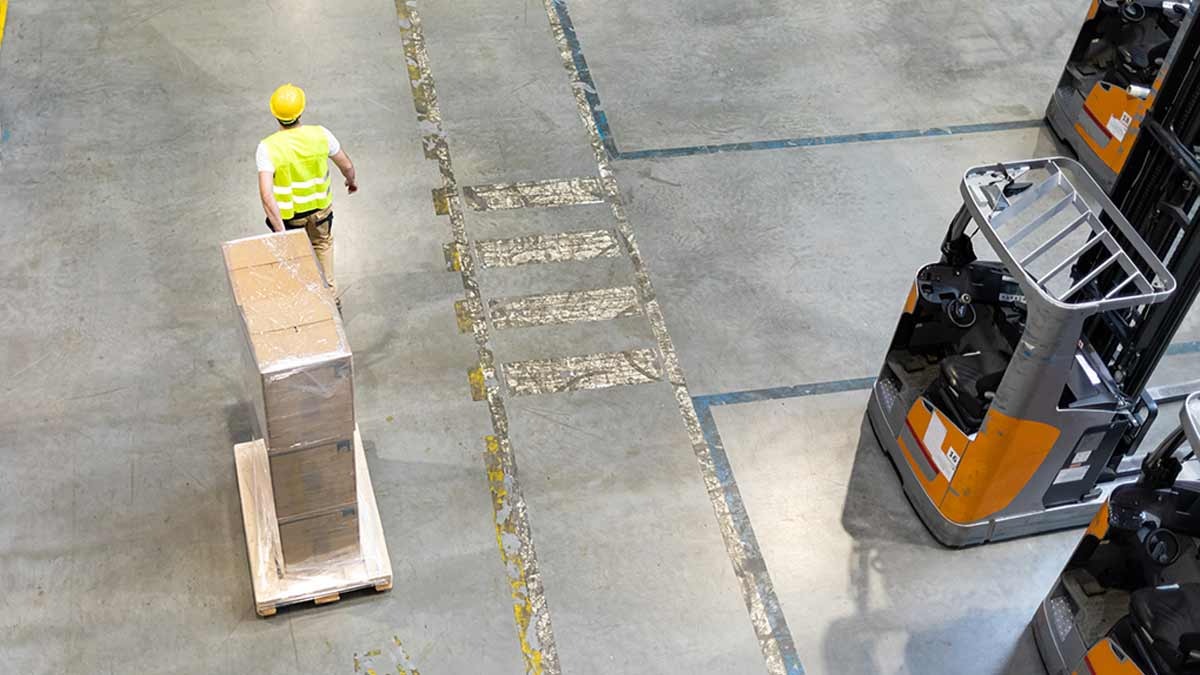Introduction to Safety Chat Platforms
In modern workplaces, safety communication is essential to maintaining secure environments. Safety chat platforms have emerged as advanced solutions that allow organizations to instantly share updates, alerts, and guidelines with their teams. Unlike traditional communication tools, Safety chat platforms are designed specifically for safety-related interactions, ensuring clarity, speed, and accountability.
Understanding Traditional Communication Tools
Traditional communication tools include emails, phone calls, bulletin boards, and face-to-face meetings. While these methods have been used for decades, they often lack the speed and efficiency required during emergencies. Employees may miss important emails, or phone calls may fail to reach everyone in time. Compared to these older methods, safety chat platforms offer real-time communication that reduces risks and improves overall safety compliance.
Why Safety Chat Platforms Are Gaining Popularity
Safety chat platforms are becoming more common in industries such as construction, manufacturing, healthcare, and logistics. Organizations recognize that relying on outdated communication tools can lead to delays and confusion. By contrast, safety chat platforms provide immediate notifications, group alerts, and mobile access, ensuring employees stay informed wherever they are.
Key Features of Safety Chat Platforms
Safety chat platforms come with specialized features tailored to workplace safety. These include real-time alerts, incident reporting, secure chat channels, file sharing for safety manuals, and integration with monitoring systems. Unlike traditional communication tools, safety chat platforms are built to handle urgent situations, ensuring that every message reaches the right people at the right time.
Comparing Responsiveness
One of the most critical differences between safety chat platforms and traditional communication tools is responsiveness. Safety chat platforms deliver instant push notifications to employees’ devices, making them ideal for emergencies. Traditional tools like emails may go unnoticed for hours, creating serious risks. Safety chat platforms, therefore, ensure faster responses and better coordination during urgent scenarios.
Accessibility and Mobility
Traditional communication tools often require employees to be at their desks or within specific locations to receive messages. Safety chat platforms, however, are accessible from smartphones, tablets, and desktops, providing mobility and convenience. This ensures that workers in the field, on the road, or at remote job sites remain connected to safety updates at all times.
Enhanced Collaboration
Collaboration is another area where safety chat platforms excel. Teams can create dedicated safety groups, share files, and update progress in real time. Traditional tools like noticeboards or memos lack interactive features, making them less effective for ongoing safety collaboration. Safety chat platforms encourage two-way communication, allowing employees to raise concerns and supervisors to respond quickly.
Incident Reporting Made Easy
Incident reporting is a critical aspect of workplace safety. Safety chat platforms simplify the process by allowing workers to instantly report hazards or accidents through chat functions. Traditional methods often involve paperwork or delayed reporting, which can slow down corrective actions. Safety chat platforms reduce delays and improve transparency in reporting.
Data Tracking and Analytics
Unlike traditional tools, safety chat platforms provide detailed analytics and tracking features. Managers can monitor how quickly employees respond to alerts, track participation in safety drills, and evaluate overall communication efficiency. This data helps organizations improve safety protocols, making safety chat platforms more effective than manual or traditional approaches.
Cost and Efficiency Comparison
While some businesses may hesitate to adopt new technology due to costs, safety chat platforms often prove more efficient in the long run. Traditional communication tools may seem cost-effective, but they often result in hidden expenses from miscommunication, accidents, or delays. Safety chat platforms help minimize these risks, saving money through improved safety management.
Security and Compliance
Safety communication requires secure channels to protect sensitive data. Safety chat platforms offer encryption and controlled access, ensuring that safety messages and incident reports are protected. Traditional tools like email are more vulnerable to breaches, making safety chat platforms a more reliable option for compliance with industry standards.
Real-World Use Cases
Many companies across industries are transitioning to safety chat platforms. In construction, these platforms allow supervisors to send immediate hazard alerts. In healthcare, safety chat platforms enable rapid coordination during emergencies. In logistics, real-time updates help drivers stay safe on the road. These examples highlight how safety chat platforms outperform traditional tools in real-world applications.
Employee Engagement and Awareness
Safety chat platforms also increase employee engagement. Workers feel more connected when they receive timely safety information directly on their devices. Traditional communication tools often fail to engage employees in the same way. Safety chat platforms encourage continuous awareness, reinforcing a culture of safety across the workplace.
Future of Workplace Communication
As technology evolves, safety chat platforms are expected to become the standard for workplace communication. Traditional tools may still have limited roles, but the future clearly favors digital, real-time communication solutions. Organizations that adopt safety chat platforms now position themselves for safer, more efficient operations in the years ahead.
Conclusion: Choosing the Right Communication Method
When comparing safety chat platforms with traditional communication tools, the advantages are clear. Safety chat platforms provide instant communication, mobility, incident reporting, analytics, and secure channels, making them superior for workplace safety. Traditional tools may still have value, but they cannot match the efficiency and reliability of safety chat platforms. Businesses that prioritize safety should consider adopting safety chat platforms to improve communication, reduce risks, and protect their workforce.










Leave a Reply